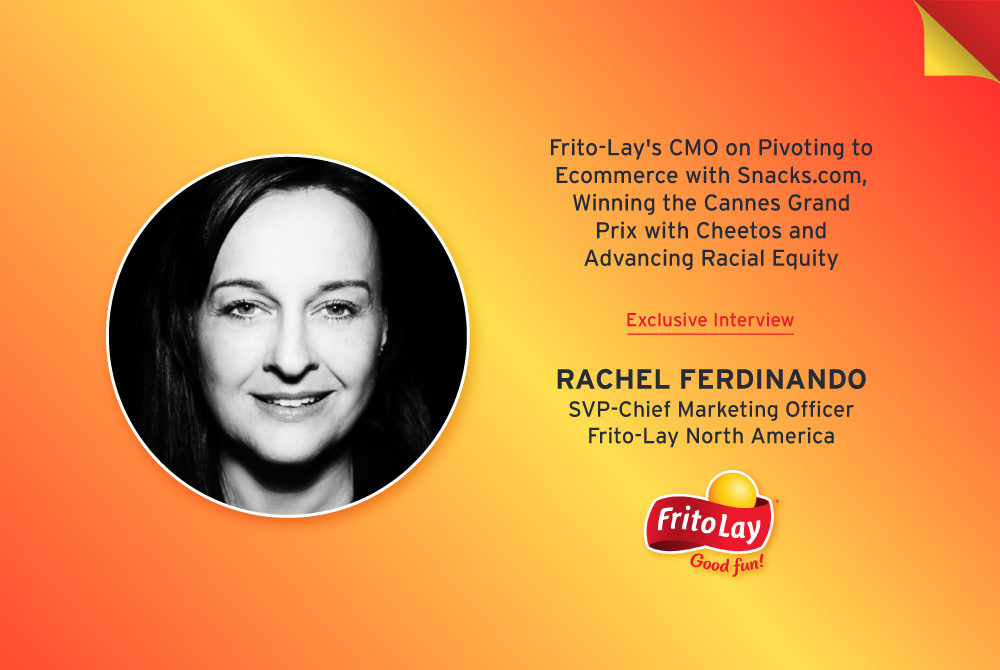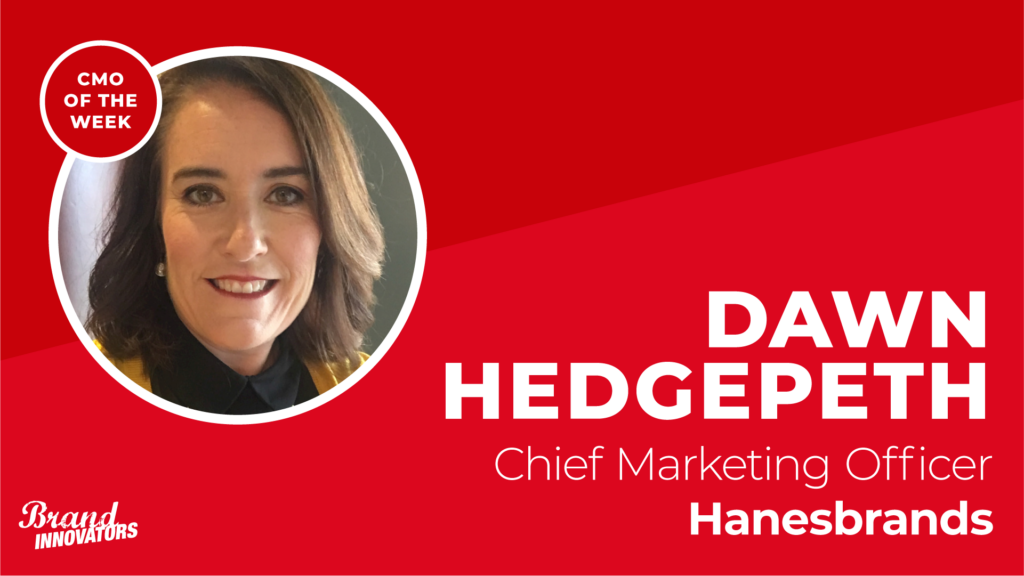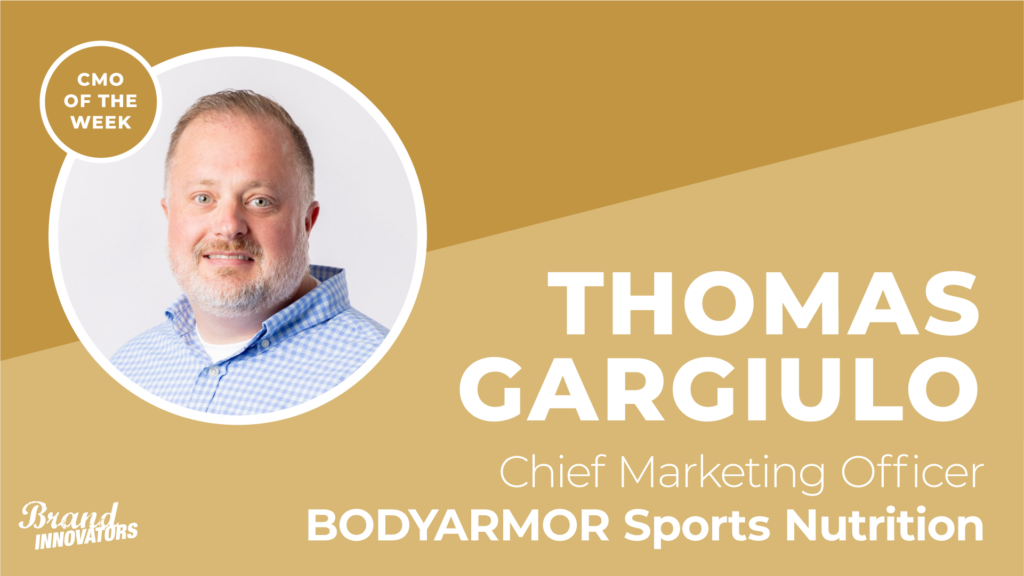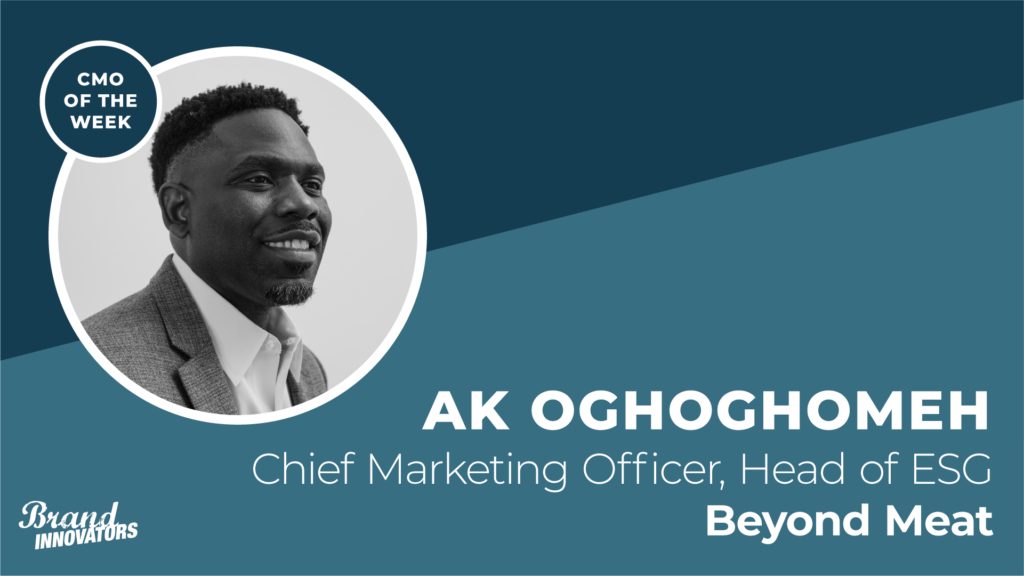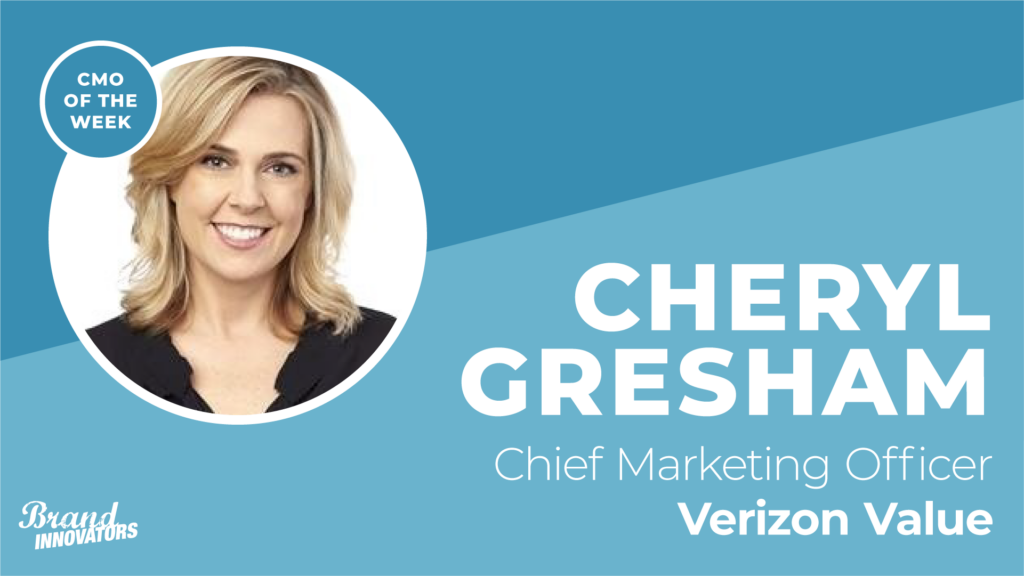As one of the first CPG businesses to be deemed “essential” in the early days of the COVID-19 pandemic in spring 2020, Frito-Lay had a unique opportunity to keep its consumers stocked with their favorite brands at a moment when they’d be spending an indeterminate amount of time at home.
Within four weeks, the PepsiCo packaged food division was in market with Snacks.com, an ecommerce platform where consumers could order dozens of Frito-Lay products straight from the source at a time when grocery shopping was rapidly pivoting to delivery.
“We really talked about brand purpose, and our purpose at the core is about transforming moments with joy,” says Rachel Ferdinando, Frito-Lay North America’s SVP-Chief Marketing Officer. “And we said ‘Gosh, people need a bit of joy right now, this is no better time for us to really lean into that purpose. How do we do that?’ So we moved our mindset from ‘sell’ to ‘serve.’”
Now more than 14 months since its launch, Snacks.com offers more than 200 Frito-Lay products for direct-to-consumer purchase, with a top-seller list that includes (in descending order) Lay’s, Cheetos, Doritos, Fritos, Chester’s and Ruffles. To commemorate its 1-year anniversary in May, Snacks.com introduced a Make Your Own Variety Pack feature in the contiguous 48 states. The feature already accounts for nearly 80% of all order activity on Snacks.com in just two months of availability. “We’ve been really blown away by the response from consumers, and it’s enabled us to create another way of accessing our brands and staying top-of-mind.”
Another key part of Frito-Lay’s shift to a serve-based mindset has been giving back to communities in need, from the restaurants who inspired Lay’s 2020 Flavor Icons series of limited edition chips to the Black and Asian-American communities that Frito-Lay and PepsiCo have supported through a series of wide-ranging social justice initiatives and creative collaborations.
These highlights and many more will be part of Frito-Lay’s spotlight session at Brand Innovators’ latest Behind The Brand Livecast this Wednesday, July 14 from 1:00-4:00 p.m. ET, featuring Ferdinando’s Frito-Lay North America colleagues Bart LaCount, Vice President – Consumer Insights; Stacy Taffet, Vice President – Brand Marketing and Leslie Vesper, Vice President of Marketing – Innovation. For complimentary registration to attend the Livecast, which will also feature talks from marketing leaders at PayPal and 1-800-Flowers, visit Behind The Brand’s landing page HERE.
Brand Innovators caught up with Ferdinando from her home office in Dallas (near Frito-Lay’s headquarters in Plano, Texas), to learn more about the initial learnings from consumer trends on Snacks.com, how bringing Cheetos’ “cheetle” concept to life with MC Hammer led to a Grand Prix at last month’s Cannes Lions and celebrating diversity & inclusion both externally and within Frito-Lay’s own organization. The conversation has been edited for length and clarity.
Brand Innovators: Snacks.com was your first major pivot during the pandemic, and was conceived and executed within four weeks. What are your initial learnings from a consumer engagement standpoint?
Rachel Ferdinando: We’re continuing to learn. But what I would say is we know that when we put out some of our limited-time flavors, like Lay’s Flavor Icons or our holiday specials, anything that’s in scarcity, we know that consumers really appreciate being able to find an easy convenient place to go learn more about those. The reality is we’re learning all the time what variety really means to consumers — especially in a category like ours where in any given moment the need that we’re servicing could be very different, whether it’s for a moment of self, a moment for sharing or a moment for a special occasion that can drive preference. We’re just constantly looking for feedback and looking to learn how we can offer consumers more of what they love.
One of the great programs that we generated during the pandemic was the Lay’s Flavor Icons [2020 collection]. This was a program that was specially created to spotlight and support restaurant workers whose businesses were struggling throughout the lockdown. We created this new lineup of flavors inspired by iconic dishes. So we had Philly Cheesesteak inspired by Geno’s Steaks in Philadelphia, Nashville Hot Chicken [inspired by Party Fowl in Nashville, and three other flavors]. We brought these great flavors to life through our most iconic brand Lay’s and we were able to offer some financial assistance with the campaign toward these restaurants at the time. As we were understanding more about what was happening during the pandemic, we leaned into that and tried to bring something that would not only delight consumers but support them at a difficult time.
The pivot we’ve made this year is now we know as consumers are opening up and becoming more mobile they’re starting to gather more into social occasions. So we wanted to celebrate that and bring some creativity into enjoying summer in a different, more normal way. So we’re excited to be able to bring summer flavors into people’s snacking this year [with Chile Mango, Wavy Jerk Chicken and Summer BLT].
How often do some of those limited-edition flavors become permanent SKUs, and why?
We actually use the program as a testing ground to learn what consumers really gravitate toward. So yes, you’ll often find that the scarcity favorite then drives the excitement factor that then leads to “Wow, please bring this back.” We invest a lot in social listening, and hearing what consumers really want to see as part of the lineup. So we do from time to time graduate those from being more contextual in nature to something consumers would love to see on a more permanent basis. It always fascinates me how much consumers ask us for flavors they’ve had in the past or how passionate they are about flavors and different types of snacking experiences.
Tostito’s Guacamole was one we launched as a limited flavor and then we brought that back into the lineup. We see this shift of having lightly flavored tortilla chips as part of a meal or a recipe or a dipping tool. Lay’s Flamin’ Hot Dill Pickle is another recent example that we added to our permanent lineup.
Cheetos and Gooby, Silverstein & Partners recently took home the Grand Prix award at the 2021 Cannes Lions for “Can’t Touch This,” a campaign inspired by the MC Hammer song and the infamous Cheetos orange dust. What inspired the initial concept, and how did it feel to see it so warmly received by the creative community?
We’re extremely excited and proud of the Grand Prix. We were seriously blown away and it really was a dream come true for us as a team. It really starts with the insight, which came from naming the dust “cheetle,” and looking at what does cheetle allow you to not do, and how do you get out of things because of cheetle? And the most obvious thing is you can’t touch anything if you have cheetle on your hands. That of course led us to the MC Hammer track, which was in its 30th anniversary when we made the campaign, and we were delighted that he was really excited about partnering and allowing us to bring him into the creative. It just built from there, and we’re delighted to see the Grand Prix.
We then followed that with the “It Wasn’t Me” version [at the Super Bowl] this year with Shaggy, and took it in another direction, which is another thing that cheetle causes to happen when you’re snagging your snacks from your loved ones and you get caught and what do you say? “It wasn’t me.” You can see how that formula can really play out, and the nostalgic music with the insight led to these creative expressions.
Now that you’ve had success two years in a row with this music and Cheetos formula, might we see a trilogy next year with another nostalgic song and a cheetle-themed creative concept?
When you work on Cheetos, the possibilities are endless. We’re always thinking about how can we be playful, and how can we liberate play? I wouldn’t say never, but we certainly have a little bit of a playground with his brand, which is always great to have.
Now that you’ve learned how much you can accomplish in such a short amount of time from the pandemic, how has that impacted your planning cycles going forward?
One of the things that came out of the pandemic was a need to stay real-time with the consumer, be agile and really watch and track how the sentiment was changing. And so as we’ve continued with that approach, I think what we’re seeing is yes there is a return to life, more toward pre-pandemic conditions, but we don’t think that we’re going back completely to life as we knew it. There is this new normal that we need to evolve into, we’re still discovering what those trends are, but we’re starting to see that this change is accelerating.
But one thing that’s changed is that consumers’ expectations of brands have never been greater. Authenticity and brand trust are paramount, and this proved to us through COVID that people expect brands to serve communities that support them. It’s not about what you say, it’s about what action you take, what you do. And the expectations and tolerance within authenticity have never been greater. That really puts the brand role of purpose really at the center of what we do, and we think that is something that is definitely trending but we feel has accelerated as a result of the pandemic. And that then leads you to think about how you engage with consumers and their self-expression, how you connect with them through platforms, how you innovate with them is really important.
The other thing that we’re seeing just from a category standpoint is that snacking is changing. With consumers living these hybrid lives, there’s more time in the home and home becomes the hub. That changes the way people eat, the way they snack and we’re seeing some changes in the dimensions that we’re continuing to evolve to make sure we have the right portfolio and the right offering that meets the needs of those consumers as they have a new and evolved lifestyle.
How have PepsiCo and Frito-Lay’s widespread commitments to advancing diversity, equity & inclusion this past year manifested in your work as a marketer?
At Frito-Lay and PepsiCo, we’ve always prided ourselves on prioritizing diversity and inclusion on every level of the organization. And more than ever, consumers are really holding marketers to a standard of really ensuring that we reflect this. In the last 12 months, we wanted to provide extra support to the communities who’ve been impacted by the events of last year, and we felt that Doritos was a perfect brand that has a history of championing self expression, authenticity and fueling transformational change for a more equal and diverse world.
With that in mind, we wanted to leverage that history to spotlight innovators and creators who are making a lasting impact in culture. So last year, we created a long-term partnership with Black Lives Matter through our Amplify Black Voices campaign which was about shining a spotlight on Black artists fighting for racial justice, and what we did in that effort was we donated outdoor advertising space to allow these Black voices and Black artists across the country to express themselves. And then this year we’ve used this commitment and we just recently announced our Doritos Solid Black campaign, where we’re focusing on celebrating changemakers who are members of the Black community using innovation and boldness to drive culture. And to give back to their communities, each changemaker will receive $50,000 in monetary support to continue to drive change in their communities. We’ve been highlighting their stories across all the Doritos channels, just as we did with last year’s campaign. It’s a great example of the purpose of the brand coming to life, and really creating platforms to elevate and make change on this really important agenda.
We also wanted to make sure that if we’re living our purpose in diversity and inclusion, it has to start inside the organization. And when we see injustice happening, how do we stand up on behalf of Frito-Lay and Pepsico employees as well as for consumers? So we found in talking to our associates that the recent Asian hate crimes were incredibly distressing for our employees, and we offered them a safe space to share their reactions and experiences of how they were feeling. As part of that roundtable, we heard some really distressing stories about their own experiences of discrimination, and it was an eye-opening experience for us all. The reason I share this was it created a sense of need to stand up and do more. And within two weeks, we created a campaign partnership with Viacom featuring our own employees telling their stories about what it meant to them to be Asian and American, and it was part of a larger PepsiCo contribution donating $1 million to support the Asian community. It’s always rewarding to hear the external reaction, but even more overwhelming and gratifying to hear the internal reaction from our employee community.
How has your media mix shifted over the past year, and what new platforms or tech have you found success with in the past 12 months?
We saw a lot of change as a result of the way consumers were living their lives differently. We’re seeing clearly the shift toward streaming and [over-the-top] platforms, we’re seeing that consumers are incredibly active and engaged in platforms unlike ever before. And this kind of attention span combined with instant gratification has created a need for content to respond faster than ever.
It’s something we’ve continued to see shift. We know that content consumed on mobile has never been greater, it’s 70% [of total time spent on digital media, according to Comscore], so it’s huge. So this has really informed how we think about the media mix, and how we think about how we behave across these platforms and where our content is served, and I think we’ve tried to lean into data and analytics to help us do that in a better way. Whether it’s in the gaming space, or looking at products and integrations with custom content, these are some of the ways that we have evolved and continue to evolve.
It really is about being as close to the consumer as we can be, and monitoring and networking and learning in these new technologies, what is working, what is not working. It’s a very dynamic time where I think dynamic marketing has never been more important or relevant.
Andrew Hampp is an entertainment marketing consultant for Brand Innovators and the founder of consultancy 1803 LLC, based in Berkeley, California.
